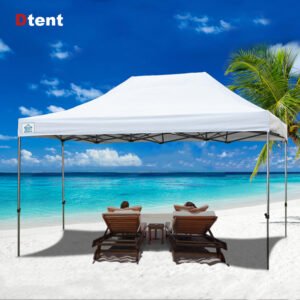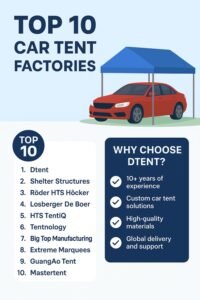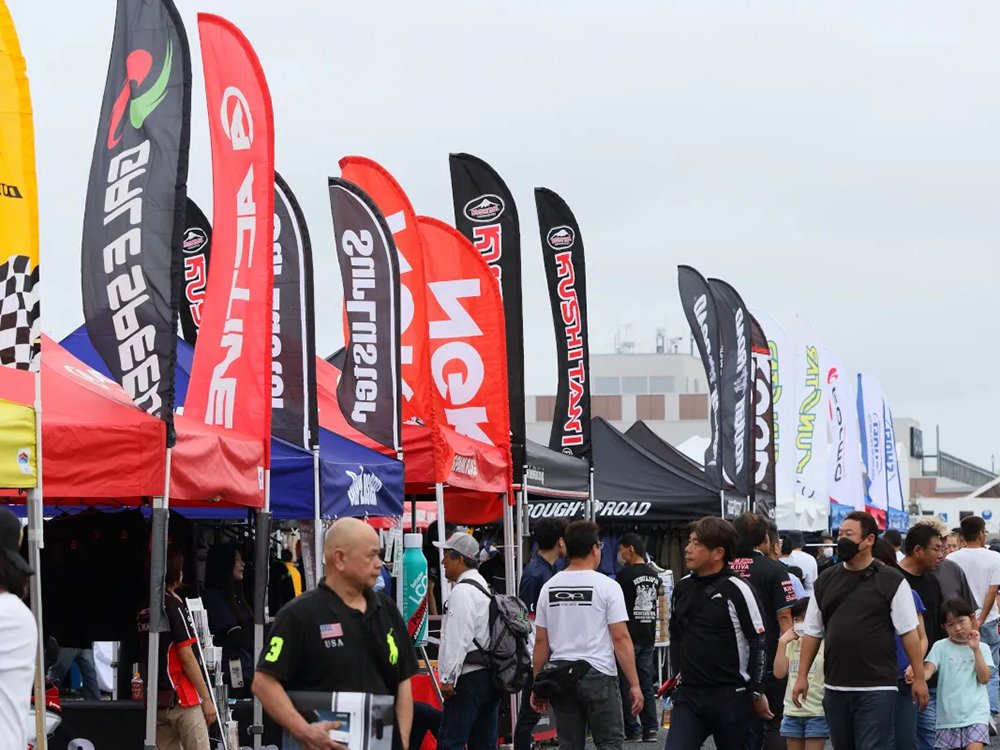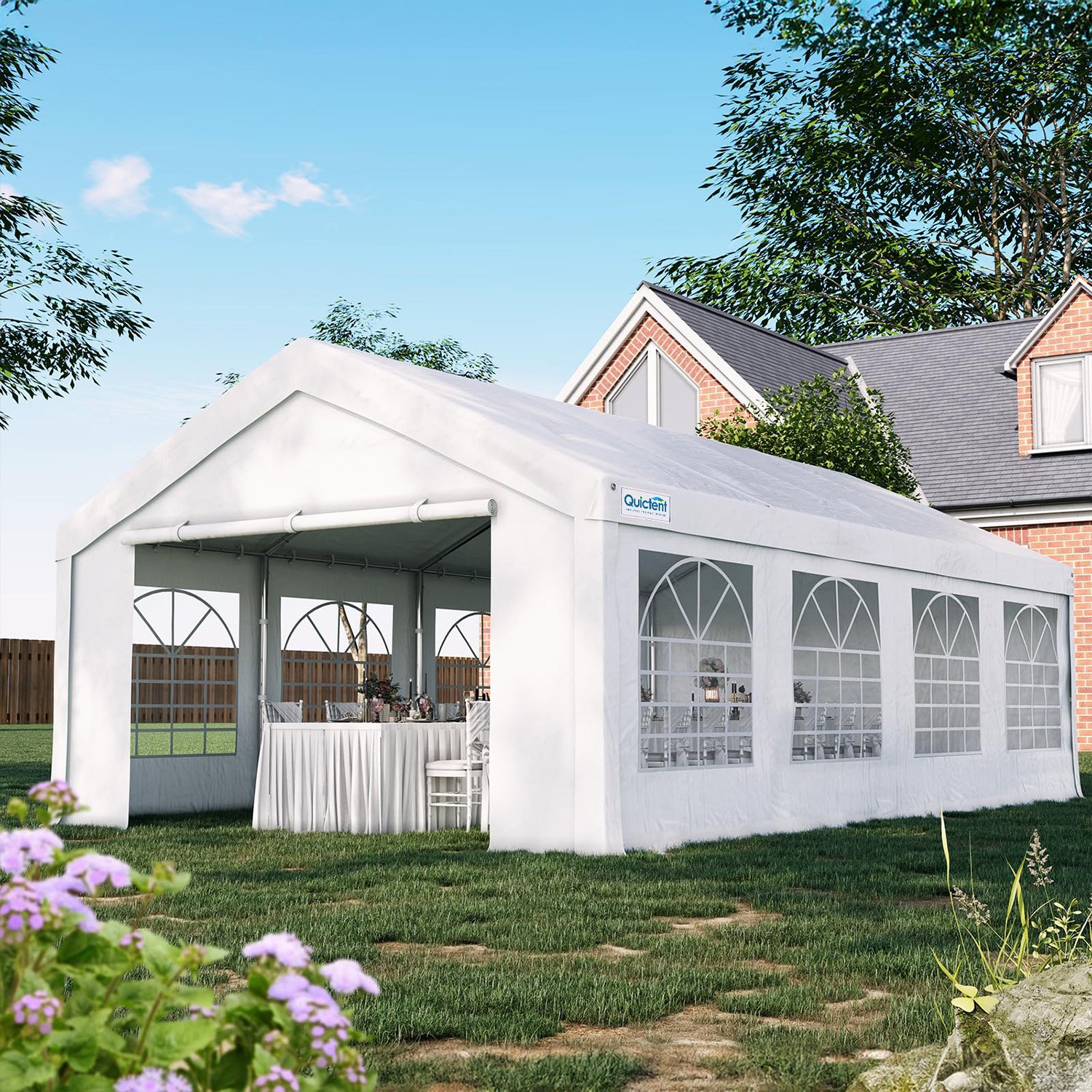Last Updated on 02/07/2025 by dtent.net
In the vibrant commercial arena of outdoor exhibitions, every exhibition is an excellent opportunity for brand display, product promotion and market expansion. In this feast of vision and information, outdoor exhibition tents are used as the main structure of the booth. They not only carry the practical functions of displaying goods and attracting people, but also are important carriers of brand image and creative ideas. This article will explore in depth the design principles, material selection, construction techniques, innovative trends and maintenance of outdoor exhibition tents, and provide exhibitors with a comprehensive and practical guide.

1. Design principles of outdoor exhibition tents
The design of outdoor exhibition tents must follow certain principles to ensure that they are in the best state in terms of display effect, practicality, safety and other aspects.
1. Highlight the brand image
As the visual focus of the booth, the design of the tent should be closely centered on the brand image. Through color matching, pattern design, material selection and other means, brand elements are integrated into the appearance design of the tent, so that the audience can feel the unique charm and market positioning of the brand at first sight. For example, the brand standard color can be used as the main color of the tent, or the brand LOGO and slogan can be printed on the tent to enhance the brand’s recognition and memory point.
2. Focus on practicality and comfort
Tents for outdoor exhibitions should not only be beautiful, but also practical and comfortable. When designing, the functional requirements of the booth should be fully considered, such as display space, storage space, rest area, etc., to ensure that the internal layout of the tent is reasonable and the space utilization rate is high. At the same time, the ventilation, lighting, and sound insulation of the tent are also important factors affecting comfort. When designing, it is necessary to make reasonable plans according to the exhibition environment and climatic conditions.
3. Ensure safety and stability
Safety and stability are the basic requirements for the design of outdoor exhibition tents. When designing, the tent’s wind resistance, rain resistance, and sun protection should be considered to ensure that it can remain stable under severe weather conditions. In addition, the tent’s construction and disassembly process should also be simple and quick to reduce safety hazards and improve work efficiency.
2. Material selection for outdoor exhibition tents
The choice of material directly affects the performance and service life of the tent. In the selection of materials for outdoor exhibition tents, durability, lightness, waterproofness, breathability and other factors need to be considered comprehensively.
1. Tarpaulin material
Tarpaulin is the main covering material of the tent, and its performance directly affects the waterproof, sun-proof, and breathable effects of the tent. Common tarpaulin materials include PVC coated cloth, polyester fiber cloth, nylon cloth, etc. PVC coated cloth has good waterproof performance and certain sun-proof performance, but poor air permeability; polyester fiber cloth and nylon cloth have good air permeability and certain waterproof performance, but relatively weak sun-proof performance. According to the different exhibition environment and climatic conditions, you can choose a suitable tarpaulin material.
2. Bracket material
The bracket is the supporting structure of the tent, and the choice of its material directly affects the stability and service life of the tent. Common bracket materials include aluminum alloy, steel pipe, fiberglass, etc. Aluminum alloy brackets are light, durable, and highly corrosion-resistant, and are the preferred material for outdoor exhibition tents; steel pipe brackets have better load-bearing capacity and stability, but are heavier; fiberglass brackets have both lightness and stability, but are more expensive. According to the size and weight requirements of the tent, you can choose a suitable bracket material.
3. Connector material
Connectors are the connecting parts between the various parts of the tent, and the choice of their materials also directly affects the stability and safety of the tent. Common connector materials include plastic, metal, etc. Plastic connectors are light and easy to process, but have low strength; metal connectors have better strength and stability, but are heavier. When choosing the material of the connector, it is necessary to make a comprehensive consideration based on the use environment and safety requirements of the tent.





3. Tips for building tents for outdoor exhibitions
Building tents for outdoor exhibitions is a technical job, and you need to master certain skills and methods to ensure that the tents are built firmly, beautifully, and practically.
1. Site selection and layout
Before setting up the tent, you first need to select a site and plan the layout. When selecting a site, you should consider factors such as the flatness, drainage, and ventilation of the terrain to avoid setting up tents in low-lying areas or at wind outlets. When planning the layout, you should make a reasonable division based on the functional requirements and space size of the booth to ensure that the display space, storage space, rest area, etc. are reasonably laid out and streamlined.
2. Bracket construction
The bracket is the supporting structure of the tent, and its construction stability directly affects the safety and service life of the tent. When building the bracket, it is necessary to operate according to the requirements of the instructions or drawings to ensure that the bracket is firmly connected and the angle is correct. At the same time, attention should be paid to the load-bearing capacity and stability of the bracket to avoid safety hazards such as tilting or collapse during the construction process.
3. Tarpaulin laying
The laying of tarpaulin is the last step in the construction of the tent, and it is also a key link that affects the appearance and use effect of the tent. When laying the tarpaulin, the ground must be cleaned and kept dry first, and then laid and fixed according to the requirements of the instructions or drawings. During the laying process, attention should be paid to the flatness and tension of the tarpaulin to avoid wrinkles or looseness. At the same time, attention should be paid to the waterproof and sun-proof properties of the tarpaulin to ensure that it can still maintain good use effects under severe weather conditions.
4. Innovation trends of outdoor exhibition tents
With the advancement of technology and the continuous changes in consumer demand, the design of outdoor exhibition tents is also constantly innovating and developing. Here are some of the current popular innovation trends:
1. Intelligent design
Intelligent design is a major innovation trend in outdoor exhibition tents. By introducing intelligent control systems, sensors and other technical means, the automatic control and environmental monitoring functions of the tent can be realized. For example, the temperature, humidity, light and other environmental parameters inside the tent can be adjusted by the intelligent control system to improve the comfort and display effect of the booth; the structural stability and safety performance of the tent can also be monitored by sensors to timely warn and deal with potential safety hazards.
2. Application of environmentally friendly materials
The application of environmentally friendly materials is another major innovation trend in outdoor exhibition tents. With the continuous improvement of global environmental awareness, more and more exhibitors have begun to pay attention to the environmental performance of tents. By using environmentally friendly materials such as recyclable materials and biodegradable materials to make tents, pollution and burden on the environment can be reduced. At the same time, these environmentally friendly materials also have good durability and stability, which can meet the use needs of outdoor exhibitions.
3. Modular design
Modular design is an innovative design concept for outdoor exhibition tents. By splitting the tent into multiple independent modules or components, functions such as rapid construction and disassembly, flexible combination and expansion can be achieved. This design concept not only improves the efficiency and reusability of tent construction, but also reduces transportation and storage costs. At the same time, the modular design also facilitates exhibitors to customize and upgrade according to the exhibition environment and needs.
5. Maintenance of outdoor exhibition tents
Outdoor exhibition tents will be affected and damaged by various factors during use, so regular maintenance is required to extend the service life and maintain good use effects.
1. Cleaning and maintenance
During use, dust, stains and other debris will accumulate on the surface of the tent, affecting the appearance and use effect. Therefore, regular cleaning and maintenance are required. When cleaning, you can use a soft brush or wet cloth to gently wipe the surface of the tarpaulin, and avoid using hard objects or chemical solvents to scratch the tarpaulin to avoid damaging the surface coating or fiber structure. When maintaining, you can apply an appropriate amount of waterproof agent or sunscreen on the surface of the tarpaulin to improve the waterproof and sunscreen properties of the tarpaulin.
2. Inspection and maintenance
During use, the tent’s brackets, connectors and other parts may be worn or damaged, affecting the stability and safety of the tent. Therefore, regular inspection and maintenance are required. During the inspection, you can focus on whether there are looseness, cracking and other vulnerable parts such as the connection of the bracket and the seam of the tarpaulin; during maintenance, you can replace or reinforce the tent according to the actual situation to ensure the stability and safety of the tent.
3. Storage and protection
When the tent is not in use, it needs to be properly stored and protected to avoid unnecessary loss and damage. When storing, the tent can be disassembled, cleaned, dried, folded and stored in a dry and ventilated place to avoid moisture and mold; when protecting, a layer of dustproof cloth or plastic bag can be covered on the surface of the tent to prevent the accumulation of dust and stains. At the same time, during the storage process, it is also necessary to avoid heavy pressure or squeezing of the tent to avoid deformation or damage.
design of outdoor exhibition tents
Outdoor exhibitions use tents as the main structure of the booth and play a vital role in outdoor exhibitions. By following design principles, choosing appropriate materials, mastering construction skills, paying attention to innovative trends and performing regular maintenance work, you can ensure that the tent performs at its best during the exhibition and brings greater commercial value to exhibitors. In the future, with the advancement of technology and the continuous changes in consumer demand, the design of outdoor exhibition tents will continue to innovate and develop to meet more diversified market demands and application scenarios.









